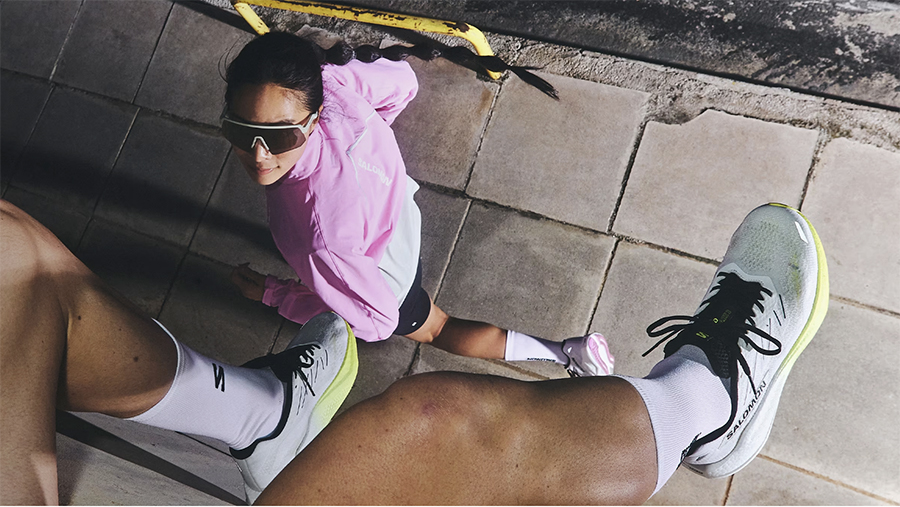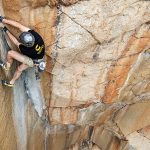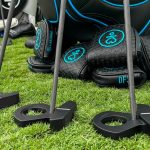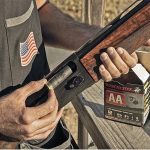Moody’s Ratings upgraded Amer Sports, Inc.’s debt ratings due to the company’s improvement in leverage and free cash flow, supported by a “considerable debt repayment” in 2024 and strong consumer demand for the company’s brands, which is driving earnings growth.
Amer Sports’ brands include Arc’teryx, Salomon, Wilson, Peak Performance, Atomic, Armada, ATEC, DeMarini, EvoShield, and Louisville Slugger.
Moody’s said it expects Amer Sports’ debt-to-EBITDA leverage will stay near or slightly below the current 2.0x level for the last twelve months ending March 31, 2025. It also anticipates that the company will generate high-teens revenue growth and improve the EBITDA margin, as consumer engagement with Amer Sports’ brands remains strong and the company captures growth across both existing distribution channels and through new store openings.
Moody’s also noted that Amer Sports, which is controlled by a consortium of investors led by China’s Anta Sports, is outperforming its peers in China, a reflection, it believes, of management’s in-house expertise in the region and Anta Sports’ proficiency in the market as a key owner. Moody’s said its forecast is somewhat tempered due to the potential impact of tariffs that could put pressure on U.S. consumers and negatively affect the EBITDA margin. However, it believes Amer Sports’ exposure to tariffs is mitigated by more than 70 percent of revenue being generated outside the U.S., moderate exposure to sourcing from China and a premium product positioning that will help the company pass through pricing increases.
Amer Sports’ Corporate Family Rating (CFR) was upgraded to Ba1 from Ba3 and Probability of Default Rating (PDR) to Ba1-PD from Ba3-PD. Also upgraded were the ratings on Amer Sports Company’s $800 million backed senior secured notes, due February 2031, to Ba1 from Ba3, and the ratings on Amer Sports Corporation’s $710 million backed senior secured revolving credit facility (RCF), due February 2029, to Ba1 from Ba3. Moody’s upgraded the speculative grade liquidity rating to SGL-1 from SGL-2. The outlook for Amer Sports, Inc., Amer Sports Corporation and Amer Sports Company remains stable and unchanged.
Moody’s said in its analysis, “Amer Sports, Inc.’s Ba1 CFR reflects its large scale and leading market positions across outdoor apparel and key outdoor recreation equipment categories, improving free cash flow as well as sensitivity to discretionary consumer spending and fashion risk. The company continues to expand distribution of its strong portfolio of globally recognized brands including through new retail store openings, which along with same store sales growth is driving good earnings growth. Brand diversification across outdoor and sport categories and geographies help to partially mitigate the effects on overall results of changes in consumer trends or region-specific economic declines. The continued consumer focus on health and wellness and active lifestyle along with the distribution gains from company’s expanding direct-to-consumer (D2C) channel in China and the US support continued revenue growth. The consolidated EBITDA margin is also benefiting from continued expansion of the higher margin technical outdoor business and Salomon soft goods.
“Credit risks stem from the company’s exposure to discretionary consumer spending and sensitivity to changing consumer preferences given the reliance on highly competitive and fashion-sensitive apparel and footwear markets. The technical nature of the company’s product portfolio garners greater stickiness than pure fashion focused products but nevertheless there is meaningful fashion risk to earnings particularly as consumer preferences evolve and considering the increasing mass appeal of technical apparel outside of outdoor enthusiasts and the competitive nature of the market. The highly competitive market requires Amer Sports to continue effective investment and innovation to maintain its market position. Outsourcing of production including from overseas suppliers also presents risks of supply chain disruptions or developments such as tariff increases. We expect good free cash flow (FCF) generation over the next 12-18 months, but the continued focus on growth and need for capital spending to support the direct to consumer and brand expansion create execution risk. The company’s ownership structure presents governance concerns due to concentrated control and decision making with Anta Sports owning roughly 42 percent of shares outstanding and other private investors owning 31 percent of shares outstanding. Anta has the right to nominate 5 board of directors as long as its ownership remains above 30 percent of outstanding shares. We believe the ownership structure creates risk of actions that favor shareholders over lenders.
“Nevertheless, we expect financial policy will remain supportive of credit metrics and improved financial position following the initial public offering and secondary share sale in 2024. The willingness to issue equity to repay debt in 2024 and the company’s low leverage target are credit focused governance actions. Still, Amer Sports’ is currently operating below its publicly stated net leverage target of 1.5x or below (0.5x; for the last twelve months ending March 31, 2025), creating some risk that the company could increase leverage. The company’s leases are growing meaningfully which could result in high leverage if profitability was to decline.
“Liquidity is very good as reflected by our upgrade of the speculative grade liquidity score to SGL-1 from SGL-2. Balance sheet cash of $422 million and access to the company’s undrawn $710 million revolver provide ample cushion to support highly seasonal cash needs. We expect the company will generate solid adjusted free cash flow of at least $130 million in 2025 and more than $200 in 2026, despite considerable capital expenditure and working capital requirements needed to execute on the company’s direct-to-consumer expansion of the Arc’teryx, Salomon and Wilson brands. The reduction in interest expense from over $200 million to an expected $90-$100 million in 2025 provides greater flexibility to manage downturns in demand and the risks associated with the highly competitive and discretionary end-market in outdoor recreation durables and apparel. This flexibility is important because of the fashion-sensitive risks inherent in the apparel and footwear segments. There are no material near-term maturities until the revolver expires in 2029.”
Image courtesy Salomon















